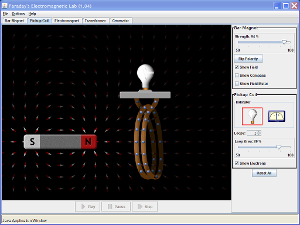Radioactivity and Particles
Objectives:
7a) Units
7.1 use the following
units: becquerel (Bq), centimetre (cm), hour (h), minute (min), second (s)
7b) Radioactivity
7.2 describe the structure of an atom in terms of protons neutron and electrons and use symbols such as 146C to describe particular nuclei
7.3 understand the temrs atomic (proton) number, mass (nucleon) number and isotope
7.4 understand that alpha and beta particles and gamma rays are ionising radiation emitted from unstable nuclei in a random process
7.5 describe the nature of alpha and beta particles and gamma rays and recall that they may be distinguished in terms of penetrating powwer
7.6 describe the effects on the atomic and mass number of a nucleus of the emission of each of the main types of radiation
7.7 understand how to complete balance nuclear equations
7.8 understand that ionising radiation can be detected using a photographic film or a Geiger-Muller detector
7.9 recall the sources of background radiation
7.10 understand that the activity of a radioactive source decrease over a period of time and is measure in becquerels
7.11 recall the temr 'half-life' and understand that it is different for different radioactive isotopes
7.12 use the concept of half-life to carry out simple calculation on activity
7.13 decribe the uses of radioactivity in medical and non-medical tracers, in radiotherapy and in the radioactivbe dating of archaelogical specimins and rocks
7.14 describe the dangers of ionising radiation, including:
- radiation can cause mutations in living organisms
radiation can damage cells and tissue
the problems arising in the disposal of radioactive waste
7c) Particles
7.15 describe the results of Geiger and Marsden's experiment with gold foil and alpha particles
7.16 describe Rutherford's nuclear model of the atom and how it accounts for the results of Geiger and Marsden's experiment and understand the factors (charge and speed) which affect the deflection of alpha particles by a nucleus
7.17 understand that a nucleus of U-235 can be split (the process of fission) by collision with a neutron, and that this process releases energy in the form of kinetic energy of the fission products
7.18 recall that the fission of U-235 produces two daughter nuclei and a small number of neutrons
7.19 understand that a chain reaction can be set up if the neutrons produced by one fission strike other U-235 nuclei
7.20 understand the role played by the control moderator when the fission process is used as an energfhy source to generate electricity.


